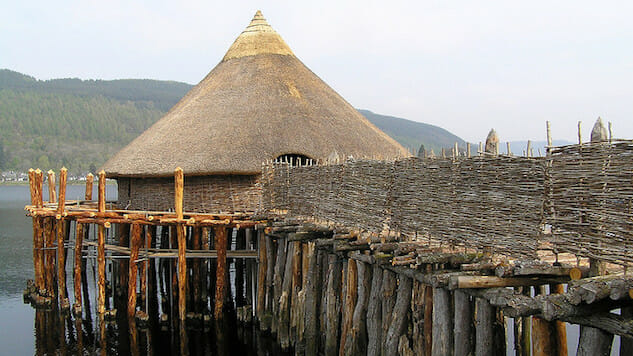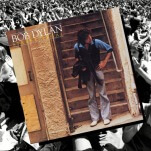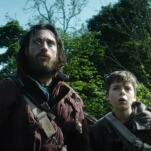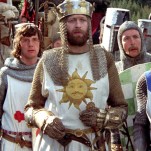Early Islands

When you think about man-made islands, your thoughts may immediately go to Palm Jumeirah in Dubai or any number of other artificial islands around the world. But what most don’t know is that people have been building islands in the British Isles for thousands of years.
These early islands, known as “crannogs”, look much different than a typical island and consisted of wooden stakes or piles that were driven into lake beds and supported hut-like dwellings. Scientists have discovered hundreds of these structures throughout Scotland and Ireland, many dating back as far as five thousand years ago.
Leading the way in uncovering the crannogs is Nick Dixon, director and founder of the Scottish Trust for Underwater Archaeology. He and Barrie Andrian lead the excavation of Oakbank crannog on Loch Tay in Kenmore, Scotland.
Oakbank, where digging began in 1980, was the first underwater excavation of its kind in Scotland and to this day is still only halfway completed. The crannog is incredibly difficult to excavate because the site forms a 10-ft mound of material that measures 35,000 cubic feet, all of which lies underwater and must be studied by divers.
The 13-mile-long Loch Tay is home to at least 18 catalogued crannogs, most of which have not been fully excavated. Many of Scotland’s lochs hold the remnants of crannogs from the 5th or 2nd centuries BC and offer archaeologists incredible information about the people who created them.
-

-

-

-

-

-

-

-

-

-

-

-

-

-

-

-

-

-

-

-

-

-

-

-

-

-

-

-

-

-

-

-

-

-

-

-

-

-

-

-








































